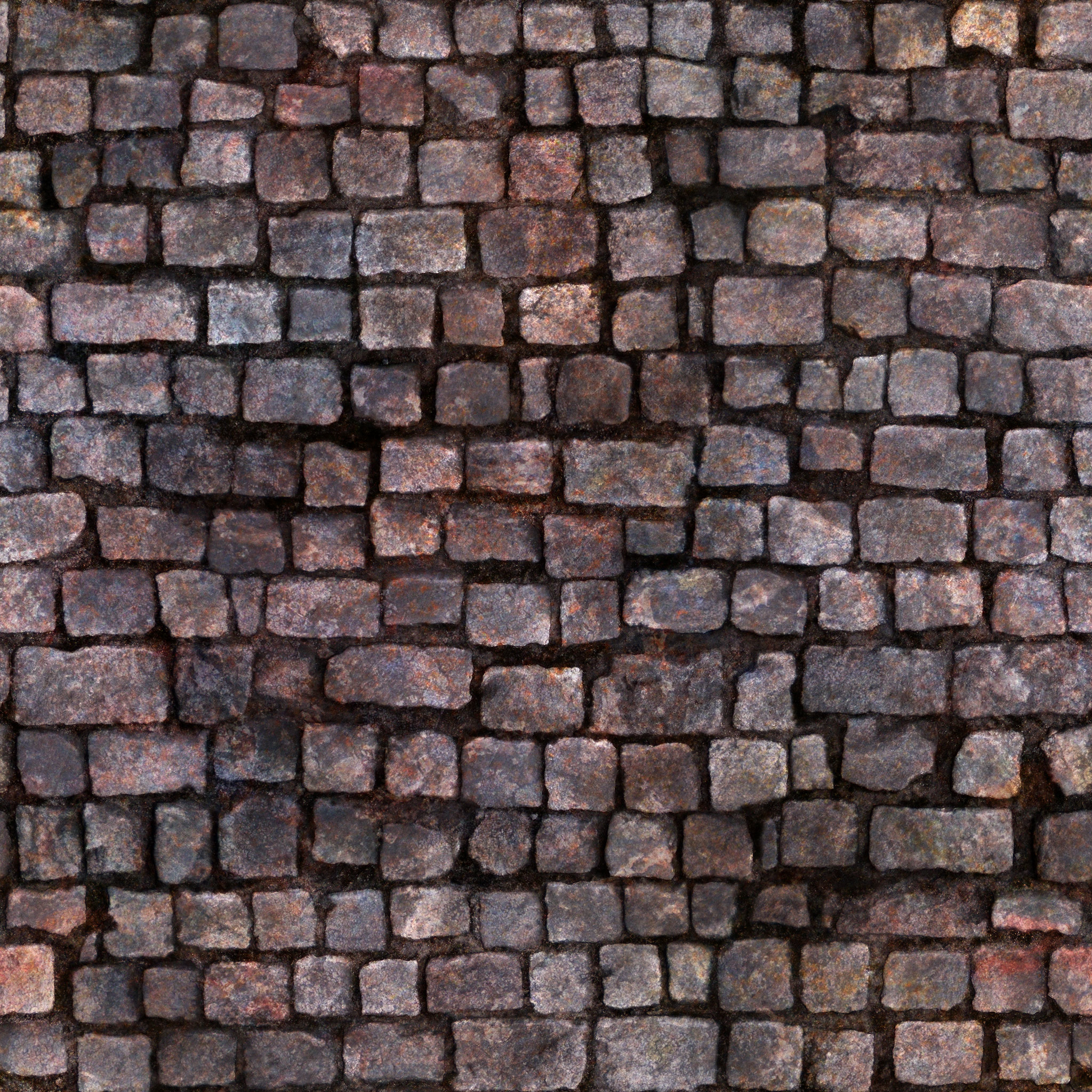Game Textures
Posted By admin On 09/07/18
One of the major challenges of current and next-generation game development is the creation of the massive number of art resources required to create an immersive game world. Character, environment, and other supporting models must be created, and levels must be shelled out and populated with those models. Baixar Serie Terra Nova Dublado 2 Temporada more.
We have experience with AAA game projects, so our textures are primarily suited to cutting-edge 3D games, but are also practicable for any graphical purposes. Explore Myeonggi Kim's board 'Game Texture' on Pinterest. See more ideas about Game art, Game textures and Texture.
But while you may have a functionally-playable game at that point (with the addition of a tremendous amount of other programming and resource work), you are lacking color, depth, and physical texture in your world. Taking a game from a gray box prototype to a completed game, suitable for public viewing, requires a lot of work for artists to create textures and materials to give the game the feeling of being in the world you've created. We've touched on this briefly in previous tutorials: • The basic concepts of UV mapping • Applying and painting textures for a model • Manually editing UV map coordinates • Cylindrical maps and dealing with seams • Intermediate-level UV mapping techniques In those exercises, we used simple example maps that were hand-painted, but not designed for production work, nor realism.
In this series, we're going to show you how to make realistic photo textures for your own games, and do so on a reasonable budget. The results you can achieve with a small amount of work may surprise you. Let's get started. There are three primary ways to create photorealistic textures for games. • Photo reference/Hand painting.
These are the original two techniques for creating game textures. This is the 'simple' process of creating a bitmapped image for use in a game, whether created completely from scratch using a paint application, or converting a photo into a game-ready format. (Both of these techniques are not necessarily simple in actual practice, as you'll see later in this article.) This can be very quick, or moderately time-consuming, depending on what sort of results you desire, and how much work you're willing to put in. • Procedurally-created.
This method relies on algorithms and pre-defined inputs (either photo or completely synthetic) to create tileable/seamless pattern materials. Tiled materials allow you to use a single, highly-detailed texture to apply to a large surface in the game world, and have it repeat along the entire object, without obvious seams where one instance ends and the next begins.
This is potentially the most efficient way to create good materials for your game, however, most procedurally-created materials are quite clearly computer-generated-although the algorithms are improving all the time. Download Act Of War Direct Action Free Full. Used wisely, however, they can be a tremendous time-saver for areas of your game which don't need to stand up to close scrutiny.
• High-poly to low-poly model and texture conversion. This is the most labor-intensive of the three options. Lookout Mobile Security Premium Free Download here. This is frequently used for high-detail character models, or environment art that will be seen at close range (for example, walls that the character shelters behind in a first-person shooter). To perform this technique, an artist creates an extremely-high polygon model, far greater than the game engine is capable of handling in realtime, and then uses software techniques to 'bake' textures onto a lower-polygon version of the same model. This transfers the surface detail from three-dimensional polygon data into a 'painted' texture on the lower-poly model. This may include normal, bump, displacement, specular highlight, ambient occlusion, and other map types to further create the illusion that the low-poly model has more detail than it does in reality.
As you can imagine, the labor required to perform this process is extremely time and cost-prohibitive. The results can be spectacular, but you need to carefully assess whether this is necessary for your project. Most that are currently on the market for consoles use a combination of all three of these methods.